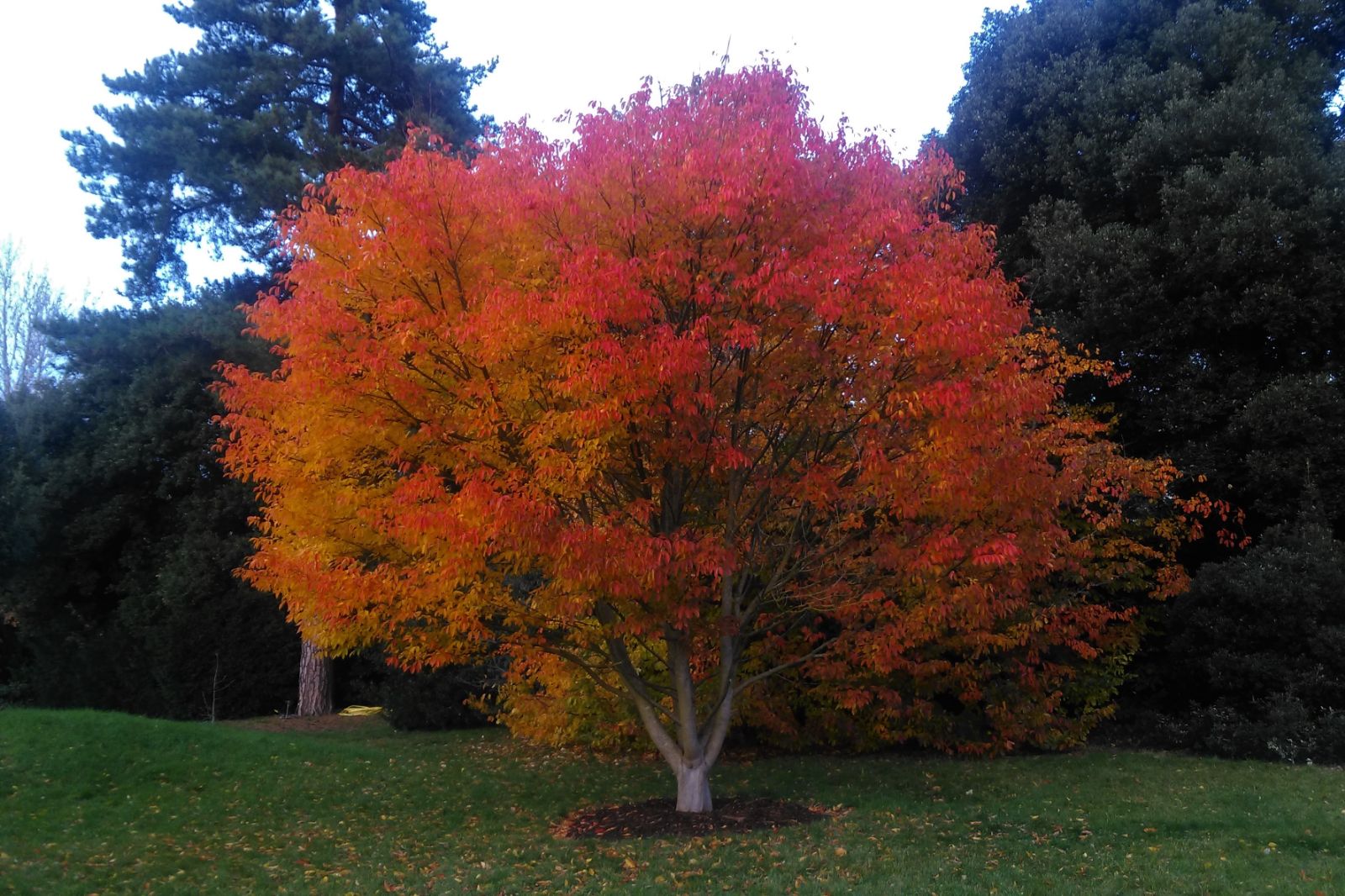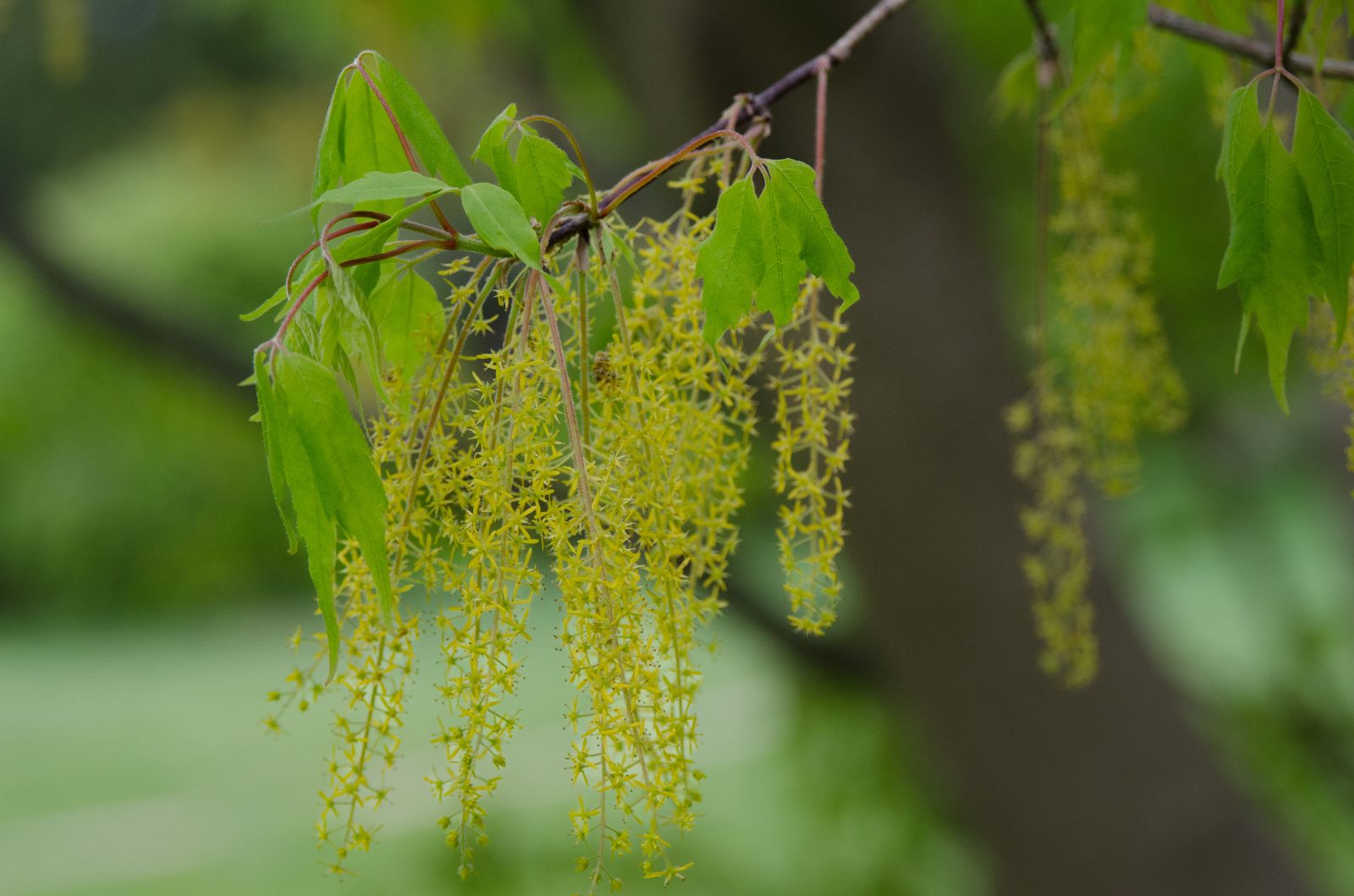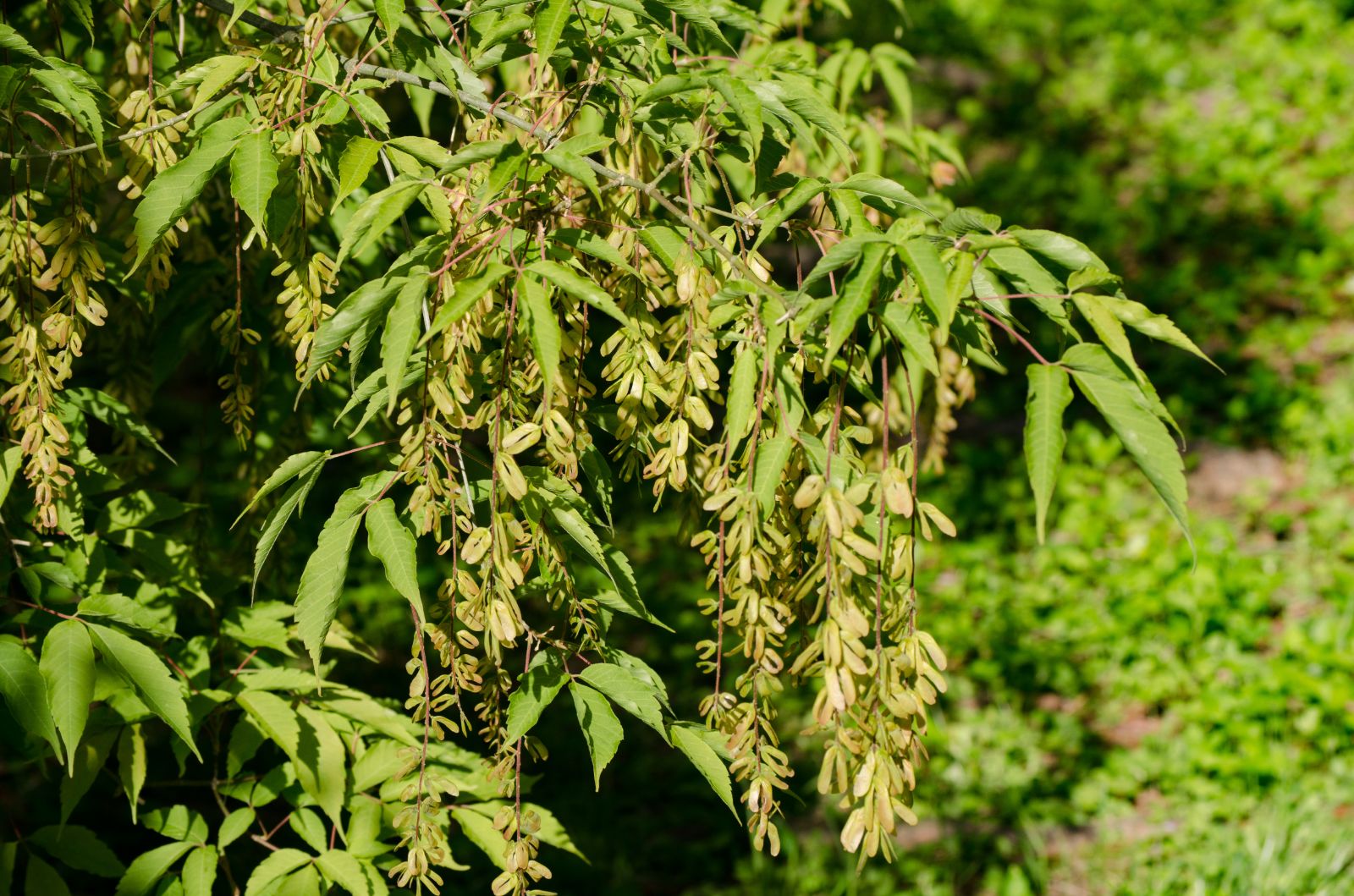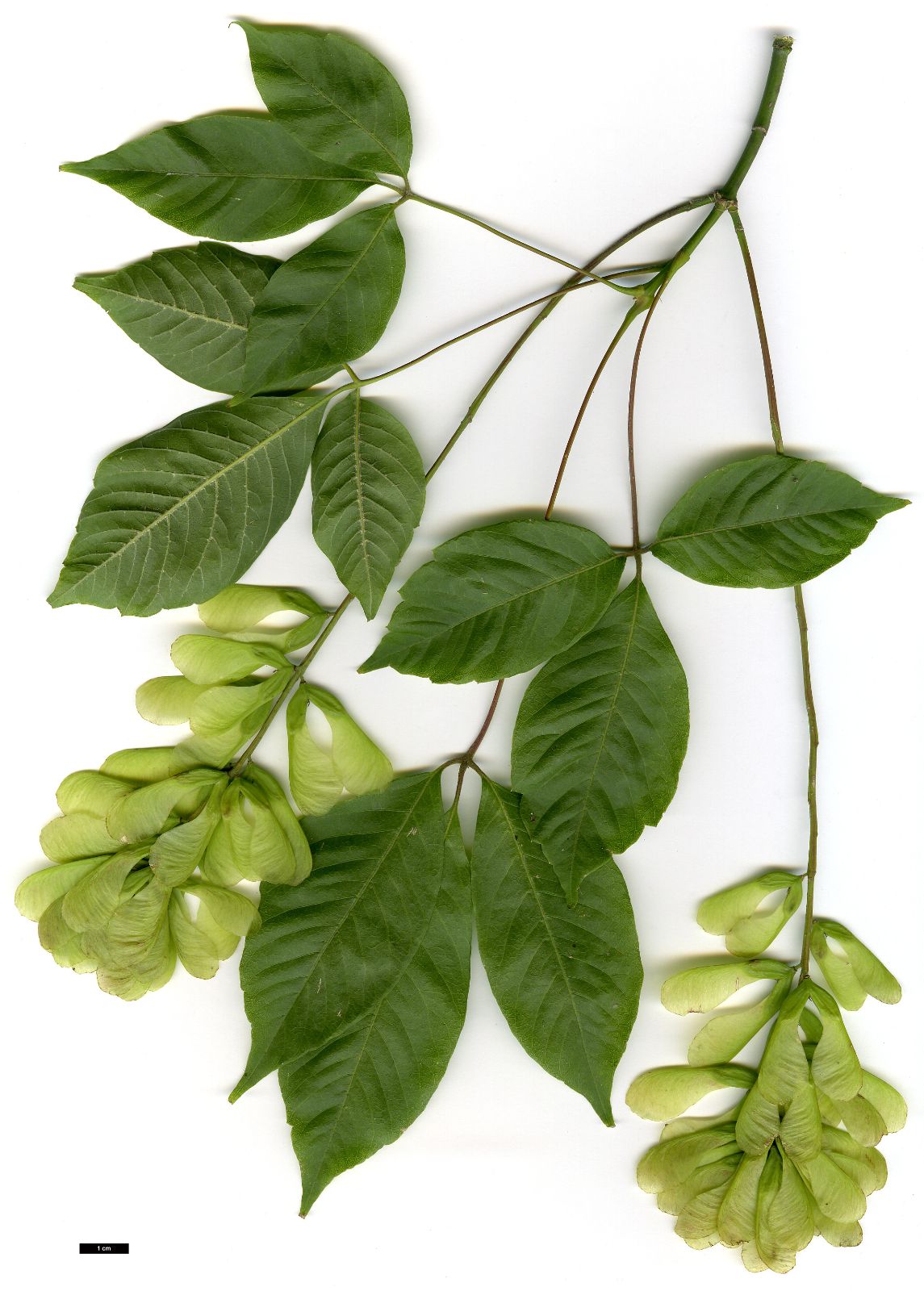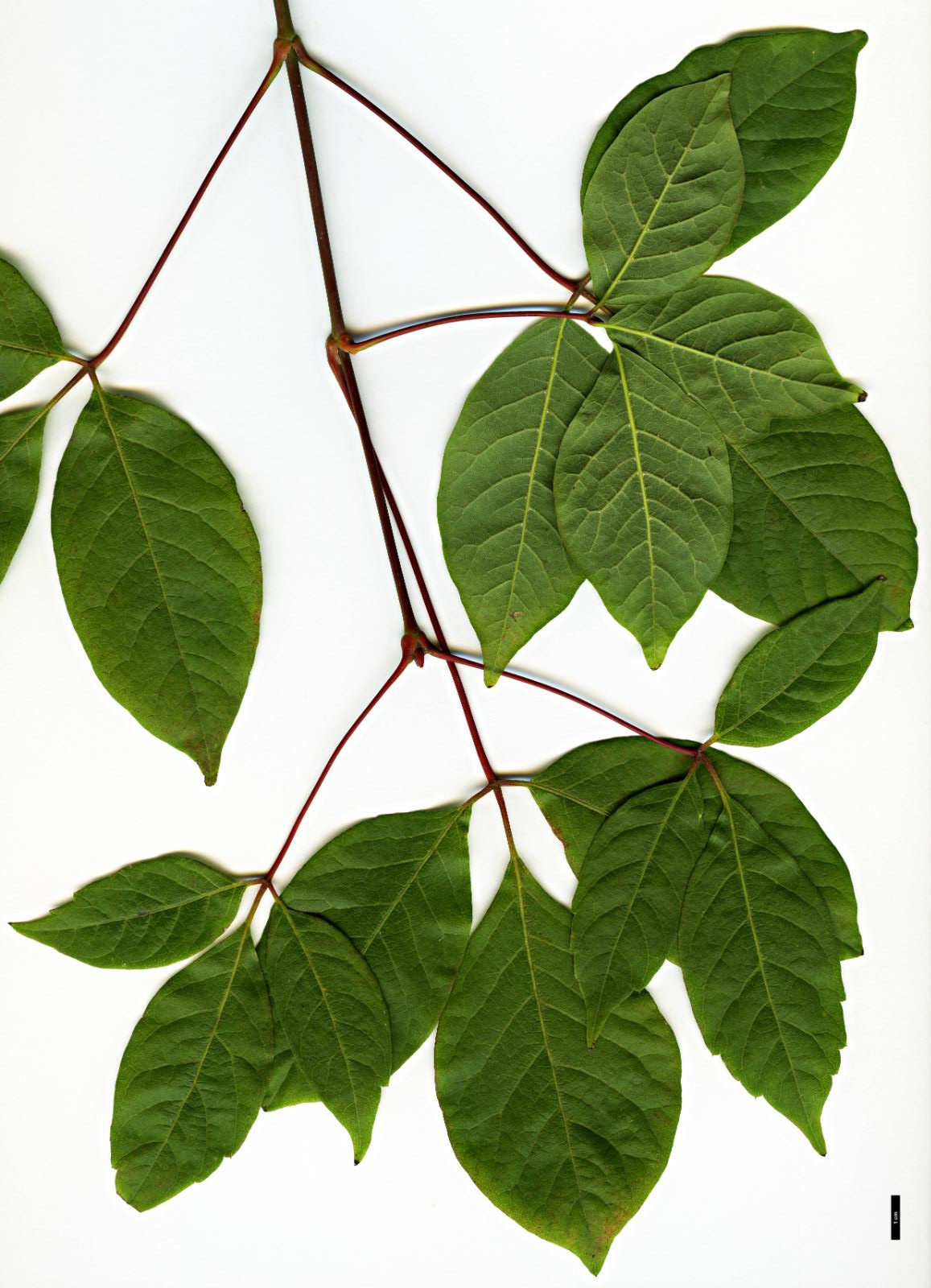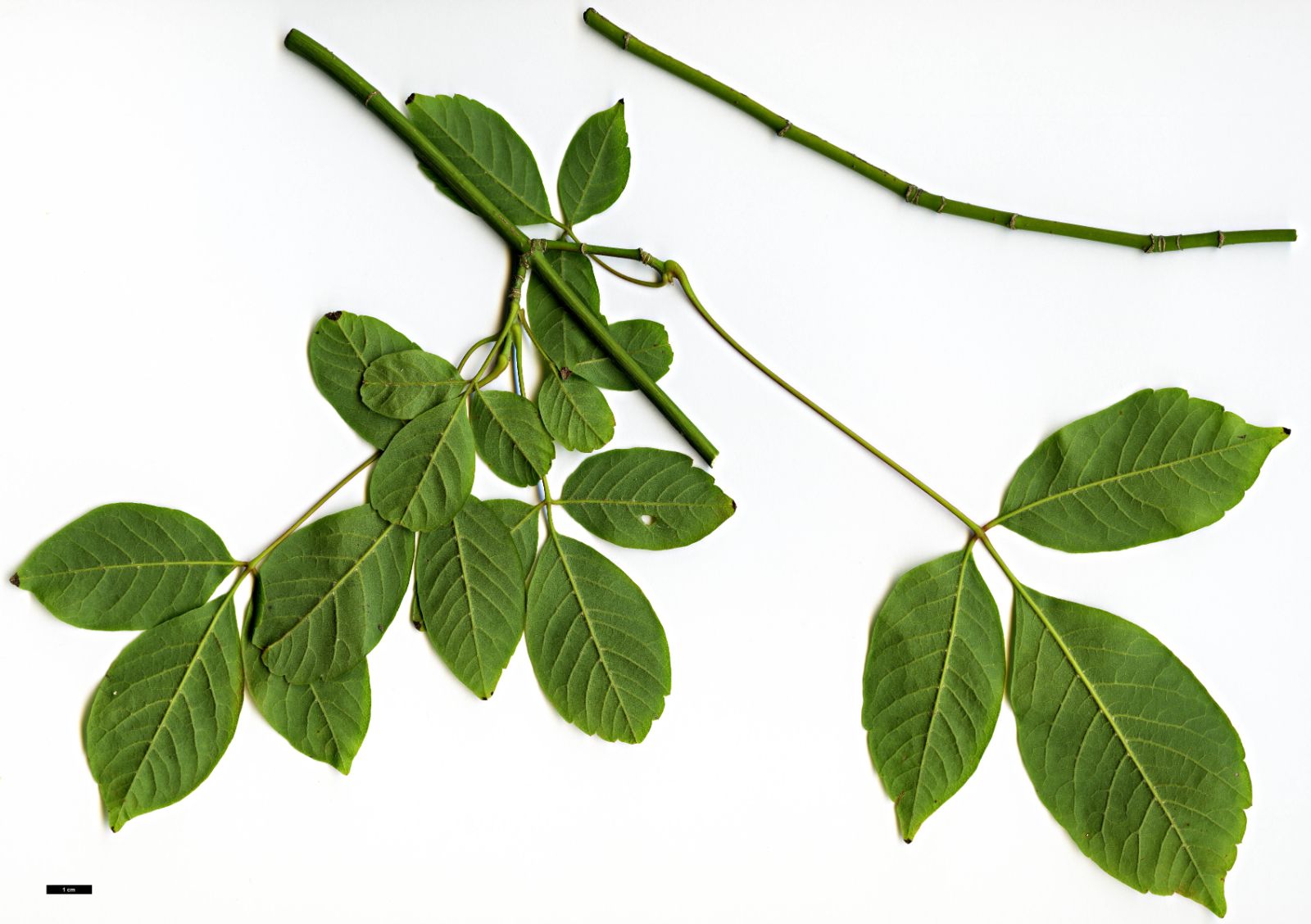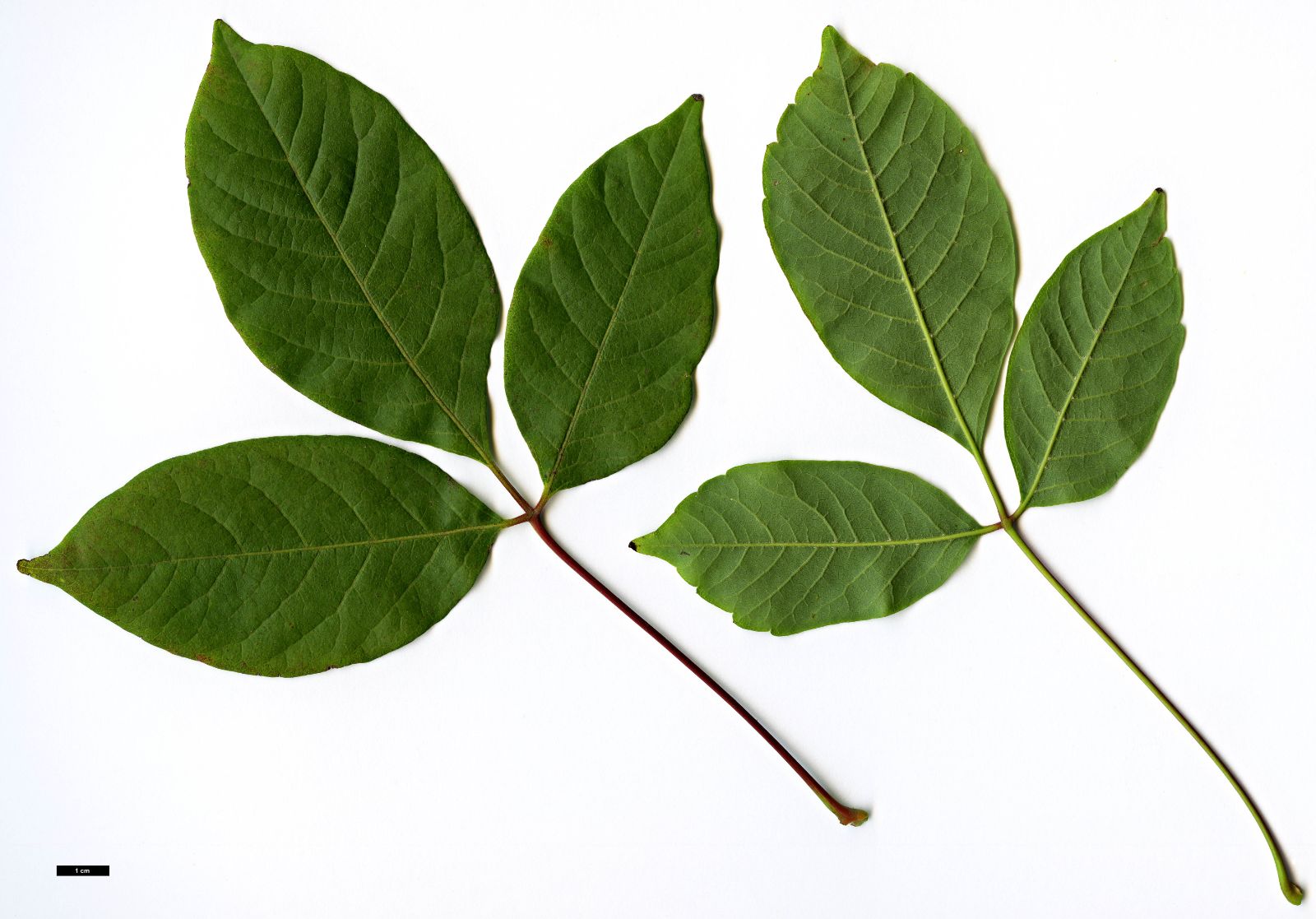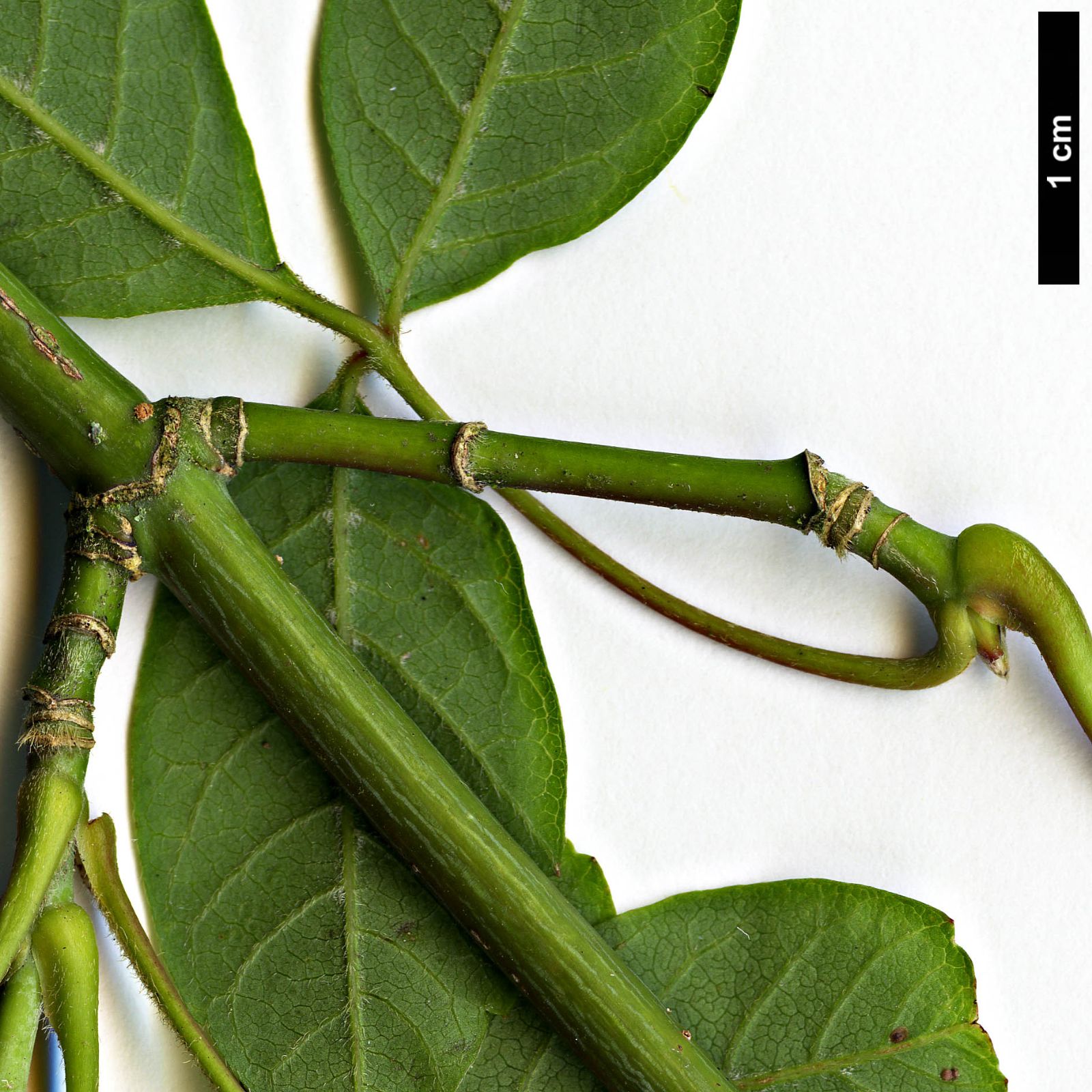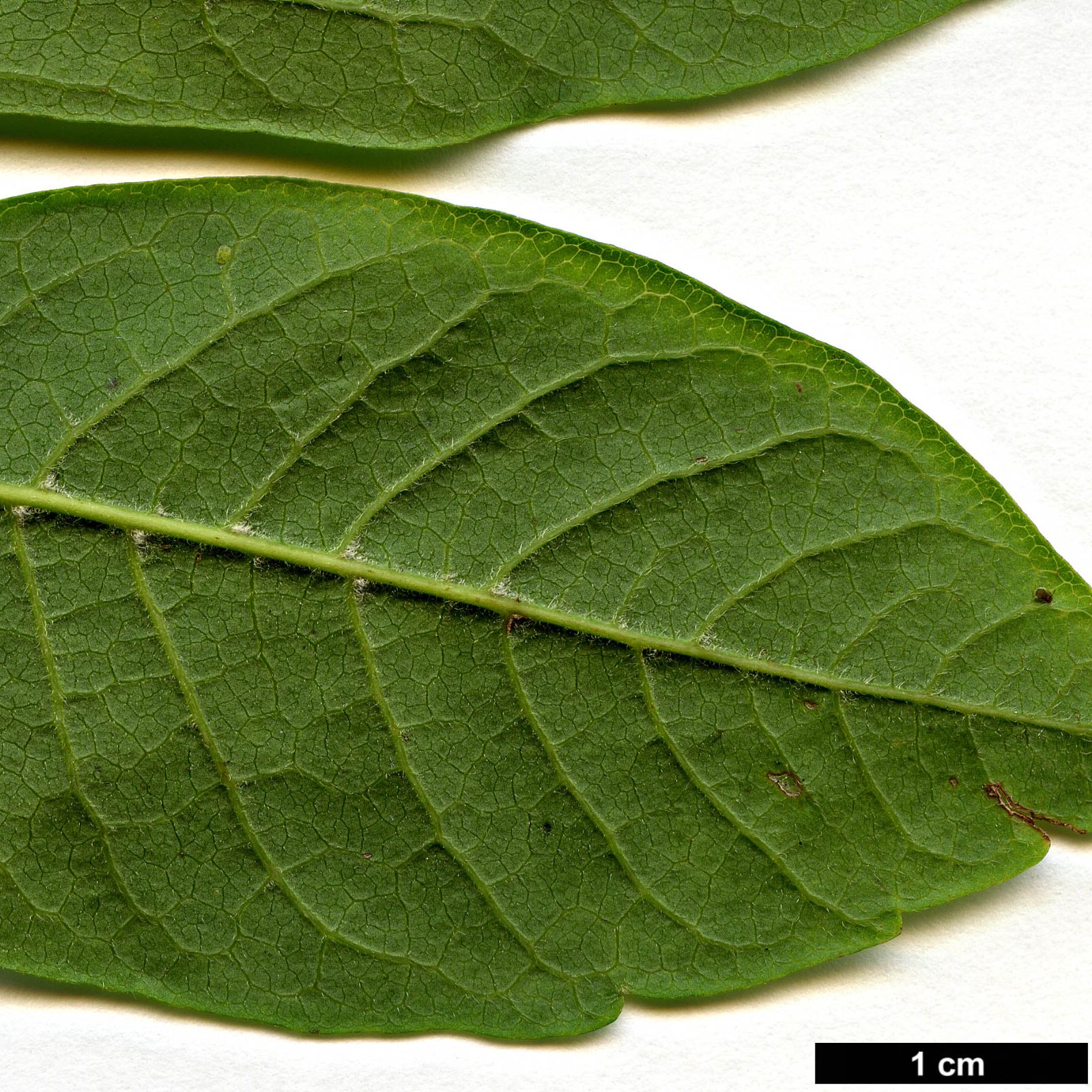Acer henryi
Sponsor
Kindly sponsored by
a member of the International Dendrology Society
Credits
Article from Bean's Trees and Shrubs Hardy in the British Isles
Recommended citation
'Acer henryi' from the website Trees and Shrubs Online (treesandshrubsonline.
Genus
Synonyms
- A. cissifolium subsp. henryi (Pax) E. Murray
Infraspecifics
Other taxa in genus
- Acer acuminatum
- Acer amplum
- Acer argutum
- Acer barbinerve
- Acer buergerianum
- Acer caesium
- Acer calcaratum
- Acer campbellii
- Acer campestre
- Acer 'Candy Stripe'
- Acer capillipes
- Acer cappadocicum
- Acer carpinifolium
- Acer 'Cascade'
- Acer caudatum
- Acer ceriferum
- Acer chapaense
- Acer chienii
- Acer circinatum
- Acer cissifolium
- Acer × conspicuum
- Acer cordatum
- Acer coriaceifolium
- Acer × coriaceum
- Acer crataegifolium
- Acer davidii
- Acer diabolicum
- Acer distylum
- Acer divergens
- Acer duplicatoserratum
- Acer elegantulum
- Acer erianthum
- Acer 'Esk Flamingo'
- Acer fargesii
- Acer fenzelianum
- Acer flabellatum
- Acer forrestii
- Acer franchetii
- Acer × freemanii
- Acer fulvescens
- Acer 'Gimborn'
- Acer ginnala
- Acer glabrum
- Acer 'Gold Coin'
- Acer granatense
- Acer grandidentatum
- Acer griseum
- Acer heldreichii
- Acer × hillieri
- Acer hookeri
- Acer hyrcanum
- Acer japonicum
- Acer kawakamii
- Acer komarovii
- Acer laevigatum
- Acer laurinum
- Acer laxiflorum
- Acer lobelii
- Acer longipes
- Acer macrophyllum
- Acer mandshuricum
- Acer maximowiczianum
- Acer maximowiczii
- Acer metcalfii
- Acer miaotaiense
- Acer micranthum
- Acer 'Mindavi'
- Acer 'Minorient'
- Acer miyabei
- Acer miyabei × campestre
- Acer monspessulanum
- Acer morifolium
- Acer 'Mozart'
- Acer oblongum
- Acer obtusifolium
- Acer okamotoanum
- Acer oliverianum
- Acer opalus
- Acer orientale
- Acer palmatum
- Acer papilio
- Acer pauciflorum
- Acer pectinatum
- Acer pensylvanicum
- Acer pentaphyllum
- Acer pentapotamicum
- Acer pictum
- Acer pilosum
- Acer pinnatinervium
- Acer platanoides
- Acer platanoides × amplum
- Acer platanoides × truncatum
- Acer × pseudoheldreichii
- Acer pseudoplatanus
- Acer pseudosieboldianum
- Acer pubinerve
- Acer pycnanthum
- Acer rubescens
- Acer rubrum
- Acer rufinerve
- Acer saccharinum
- Acer saccharum
- Acer sempervirens
- Acer 'Serpentine'
- Acer serrulatum
- Acer shenkanense
- Acer sieboldianum
- Acer sikkimense
- Acer 'Silver Cardinal'
- Acer 'Silver Ghost'
- Acer sinense
- Acer sinopurpurascens
- Acer spicatum
- Acer stachyophyllum
- Acer taronense
- Acer tataricum
- Acer tegmentosum
- Acer tenellum
- Acer tetramerum
- Acer tibetense
- Acer tonkinense
- Acer triflorum
- Acer truncatum
- Acer tschonoskii
- Acer turkestanicum
- Acer tutcheri
- Acer ukurunduense
- Acer velutinum
- Acer wardii
- Acer 'White Tigress'
- Acer wilsonii
- Acer × zoeschense
USDA Hardiness Zone 5
A deciduous tree 30 to 40 ft; branchlets downy at first, soon becoming smooth. Leaves composed of three leaflets borne on a slender common stalk 2 to 4 in. long; leaflets 21⁄2 to 4 in. long, 1 to 11⁄2 in. wide, oval, with a long drawn-out point, wedge-shaped at the base, entire or with a few large teeth; green on both surfaces and downy on the veins, especially beneath. Flowers in slender downy spikes, produced in May before the leaves from the naked joints of the previous year’s wood. Fruits red when young, in racemes 6 to 9 in. long, each fruit very short-stalked, glabrous; keys 3⁄4 to 1 in. long; wings divergent at a small angle.
Native of Central China; discovered by Henry, and introduced by Wilson in 1903 for Messrs Veitch. It belongs to the same group as A. nikoense and cissifolium, but differs from them and all other trifoliolate maples in the often entire margins of the leaflets and in the stalkless flowers. At Westonbirt the leaves turn a fine red before falling in autumn. The best tree there, pl. 1914, is 35 × 2 ft. Smaller trees are at: Abbotswood, Glos.; Killerton, Devon; and in the West Hill nursery of Messrs Hillier. In Eire there are examples at Birr Castle, Co. Offaly; Mount Usher, Co. Wicklow; and in the Glasnevin Botanic Garden, Dublin.
From the Supplement (Vol. V)
specimens: Borde Hill, Sussex, 36 × 23⁄4 ft (1974); Westonbirt, Glos., 35 × 2 ft (1975); Emmetts, Ide Hill, Kent, 30 × 21⁄2 ft + 21⁄2 ft (1983); Powis Castle, Powys, 26 × 23⁄4 ft + 21⁄2 ft + 21⁄4 ft (1981).
A. sutchuenense – This species, which is probably not in cultivation, is wrongly placed here, its taxonomic position being in the section Trifoliata, which contains A. nikoense and A. griseum, and not in the section Negundo, to which A. henryi and A. cissifolium belong. The latter section is dioecious and the winter-buds have two opposite outer scales, while in section Trifoliata both sexes are borne on the same tree and the winter-buds have numerous imbricate scales.

